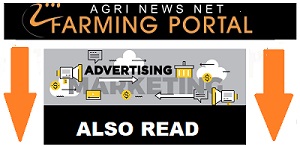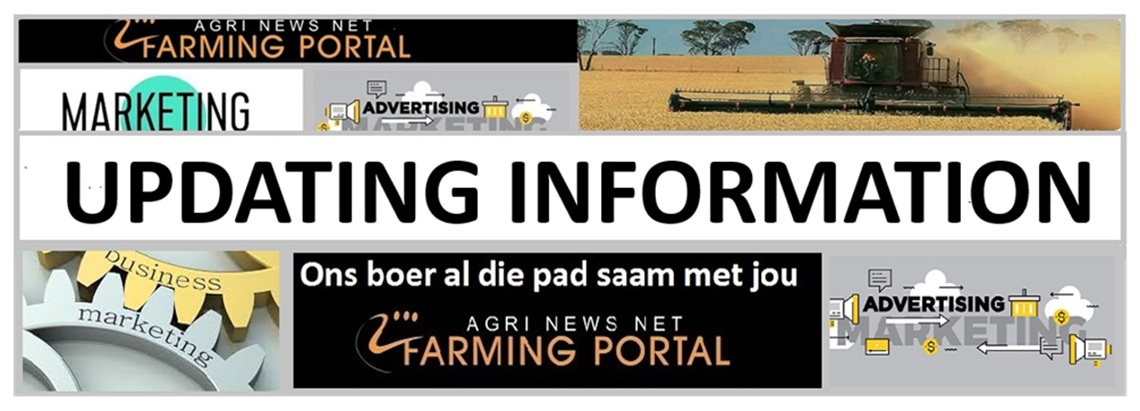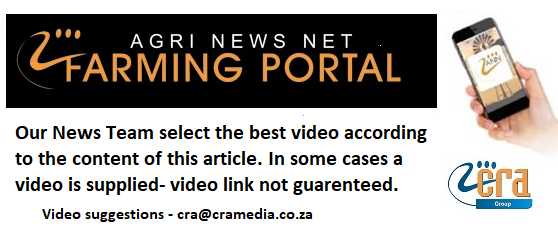Meat-dense diets, like paleo and keto, have turned some consumers back to beef, but the overall effects of this triple threat are clear: Beef consumption in the Western world has stagnated for the last 10 years and, despite the cattle industry consolidating and becoming more sophisticated and consumer-focused, it is ironically facing existential threats. Despite some economists’ growth projections, new ways of thinking are required.
How can the beef industry respond?
Individual animals need to be managed to maximize performance. Cattle may be the most efficient way to convert grasses and fiber into food, but we can manage our pasture better, learn to preserve natural resources and invest in sustainable decisions that boost soil health.
What about the consumer? Can we improve beef, thereby improving the consumer experience, to create more consistent flavors, cooking and dining allied with meeting questions about animal welfare and the environment?
More than other protein-producing industries, beef production desperately needs an injection of new ideas and new technologies. The “eight digital technologies” framework can help identify the improvements the industry needs in order to develop better management practices, accuracy and methods.
1. Sensors
Using sensors, cattle producers can track virtually anything within their herds. Monitoring individual animal health and comfort can prove costly and time-consuming if done manually. With wearable sensors, beef producers can monitor general animal health – as well as rumination, illness and lameness – efficiently and more accurately. Sensors can also be used to create virtual fencing for livestock.
2. Drones
These small, air-bound robots allow producers to more easily manage feedlots and ranches. Drones can check fencelines, water troughs and gates, and manage pasture more effectively through aerial images and video.
3. Robots
On a beef operation, robots can perform small, common tasks such as daily feeding. A self-automated robot will fill itself with feed before mixing and delivering food to animals in the barn. Keep the feed bins full, and your robot will feed multiple times a day, increasing efficiency and production growth rates.
4. 3-D printing
A new world of food processing is becoming a reality with 3-D printing. Cakes and pizzas may be the currently popular 3-D foods, but using 3-D printing, the food industry could eventually produce new types of food by utilizing low-value meat cuts, creating new opportunities to increase carcass value and putting more money in the pockets of farmers and ranchers.
3-D printing can also shorten the time needed to replace machine parts and possibly even has veterinary applications.
5. Blockchain
Now more than ever, consumers are demanding complete transparency when it comes to purchasing meat products. Lack of knowledge of origin and concern over foodborne illness has left consumers distrusting food labels. Blockchain could be used to reinstate confidence in food products by offering traceability of products along the entire supply chain, from producer to retailer.
6. Artificial intelligence
Livestock producers face the challenge of growing animals to meet market and consumer specifications and timing. Artificial intelligence – particularly machine vision – can use digitized camera images to analyze each animal’s depth, size and even fat content to accurately predict that animal’s market potential.
3-D images are analyzed using artificial intelligence algorithms to provide accurate body condition scores for each animal. Different measurements, such as muscling, are given a mathematical description and assigned a value that can be used to estimate a cow’s condition based on the 3-D shape the machine “sees.”
7. Augmented reality
Augmented reality combines real-world observations with virtual-world information by using only a pair of glasses or your cellphone, allowing users to enhance their vision to make better management decisions.
 Artificial breeding in beef cattle
Artificial breeding in beef cattle
For example, one new farming technology projects images of 3D objects from architectural drawings, allowing producers to see a new feedlot projected around them before they ever build it. Another possibility is being able to walk through the barn or feedlot and immediately see health statistics for each cow through augmented reality goggles. These are just a few examples of what is possible.
8. Virtual reality
Virtual reality is the next step beyond augmented reality because while it is also a 3-D, computer-generated environment, in virtual reality, the entire visual is virtual.
This technology can be used to demonstrate farm life to the public, increasing consumer awareness without inhibiting production or endangering animals or consumers. People don’t have to be on the farm to hear and see how the farm operates. Virtual reality can be used to engage and educate the consumer to address common misconceptions and help them relate to farm life.
A similar concept is being used for pre-sale auctions as well, allowing farmers to view and purchase stock using a 360-degree pre-sale auction inspection video experience. Potential purchasers navigate around the auction forum from their computer or smartphone within a headset.
Using data: The nutrigenomics piece
Information creates the opportunity for precision nutrition. Nutrigenomics – how nutrition impacts gene expression – makes this possible. What and when a cow eats can affect how genes impact its health, immunity and growth rate.
For example, it was previously believed cattle should be fed free-choice minerals and supplements, focusing on maximizing intake. But nutrigenomics has proven supplementing animals with specific levels of nutrients at specific times encourages the body to use those nutrients more efficiently, thereby increasing productivity and, ultimately, profit.
These eight digital technologies are all interconnected via the internet of things. When nutrigenomics is combined with the power and opportunities these eight digital technologies provide, a new era of beef production and profitability can be ushered in, allowing beef producers to benefit from best management practices, increase productivity and efficiency, and provide a response to future threats.

- Precision Livestock Farming (PLF) Sensors: Wearable devices and ear tags monitor vital signs (e.g., temperature, activity) for early disease detection, like FMD in South African herds. Allflex's SenseHub Beef system uses AI to predict issues, cutting mortality by 20-30% (Rutgers study, 2025).
- Drones and Satellite Imaging: Aerial drones (e.g., DJI Agras) map pastures for overgrazing or water stress, while satellites like NASA's MODIS track vegetation health. In 2025, SA farmers use registered SACAA drones for theft monitoring, reducing losses by 40% (Agri Facial Recognition integration).
- Big Data Analytics: Platforms like IBM Watson analyze herd data for predictive insights, optimizing feed and reducing waste by 15%. Combined with IoT, it forecasts yields, as seen in U.S. feedlots (ScienceDirect, 2023).
- Gene Editing (CRISPR): CRISPR-Cas9 enables heat-tolerant breeds, improving growth by 10-20% in hot climates. China's 2025 trials on dual-purpose cattle show promise for SA's drought-prone Karoo (PMC, 2025).
- Blockchain Traceability: Ensures farm-to-fork transparency, vital for exports. IBM Food Trust tracks beef from SA ranches to China, cutting fraud and boosting premiums by 5-10% (ScienceDirect, 2021).
- Automated Feeding Robots: Self-filling robots like those from Lely mix and deliver feed multiple times daily, increasing ADG by 0.25 lb/day and efficiency by 12% (Progressive Cattle, 2022).
- AI-Driven Nutrigenomics: Tailors supplements based on genetics, enhancing nutrient use and profitability. It integrates with PLF for personalized rations, reducing costs 8-12% (Journal of Virology, 2025).
- Vision Grading Tech: USDA-approved cameras (e.g., JBT VBG2000) assess marbling and yield in real-time, speeding grading by 50% and ensuring premium cuts (USDA, August 2025).
















